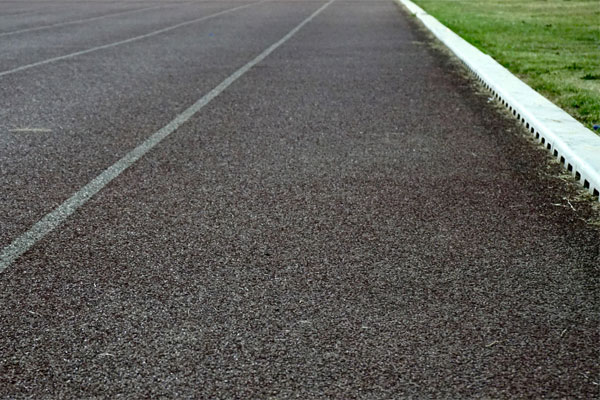Having a proper drainage isn’t significant only to keep your driveway in good shape- it’s also about preventing it from damage and extending its lifespan. If you’re installing a new parking lot, roadway, or trail, or consulting driveway contractors and tarmac paving contractors, this blog is for you. Let’s learn about the importance of proper drainage in tarmac driveway installation and ensure your driveway lasts a long time.
Preventing Surface Damage
Professional driveway contractors always claim that without proper drainage, the water remains on the surface. It leads to erosion and is also not pleasing for your eyes.
Tarmac paving contractors always say that once your pavement starts to erode, the small materials inside it get loose, and cause ravelling. Moreover, cracks form and potholes develop that damage your pavement’s aesthetics simultaneously affecting its functionality.
Avoid Mixing of Water and Tarmac
Water puddles on a tarmac pavement break it down and result in the formation of potholes since they’re natural enemies.
Water breaks bonds between the tarmac binder and the sand and rocks, ultimately damaging Tarmac. The tarmac binder comes from crude leftovers during gasoline production, and water and oil don’t mix.
Water under the tarmac pavement is also a problem. Improper drainage below the pavement soaks and weakens the strength of the supporting materials in the base and subgrade. It makes the tarmac pavement more vulnerable to damage from traffic.
Preventing Foundation Issues
Water seeps through the cracks and openings in the tarmac surface, destroying the pavement foundation. As a result, the base and subgrade weakens, impacting your pavement’s stability.
Eventually, the tarmac surface moves, sinks, and develops bumps leading to safety risks. A proper drainage will prevent water from entering your foundation and maintain your pavement’s structural strength.
Avoid Freeze-thaw Damage
In winters the water that seeps through the cracks and openings in your pavement freezes and ultimately expands. The expansion makes the cracks wide, leading to worse damage. Moreover, ice forms beneath the tarmac surface, pushes up and damages it.
The standing water becomes heavy after freezing and puts pressure on your pavement and cracks start to form. Only proper drainage solutions can help your tarmac pavement to avoid freeze-thaw damage.
Drainage Also Occurs Below The Surface
Despite proper drainage above the surface moisture can still exist underneath. Although, with proper subsurface drainage, water will continue to move under the top layers.
Make your base layer strong, stable and able to drain water effectively from your pavement. This is possible by installing an aggregate base having class-5 quality aggregate. However, it’s not always enough. A clay subgrade prevents the water from draining.
Sometimes installing a 12 to 18-inch sand layer under the aggregate base layer becomes important to maximise your supporting materials draining capacity.
Improve subsurface drainage by installing drain tile under the pavement. Drain tile is like a channel you build below the pavement. Use round river gravel, geofabric as a filter, and connect a perforated or stormwater pipe to a catch basin.
Either you need a proper drainage for your damaged pavement or want to install a new one, Stonecraft Landscapes will handle it all. Our drainage solutions will prevent water from damaging your driveway, parking lot, and pavements. It will ensure your pavements remain functional, durable, and aesthetically pleasing for long. Contact us now and get a free quote!





